
| Recorded by: John Petranka on 2025-10-26
Orange Co.
Comment: Found inside a weakly folded leaf of Pokeweed (Phytolacca americana). | 
| Recorded by: John Petranka on 2025-10-26
Orange Co.
Comment: Found inside a weakly folded leaf of Pokeweed (Phytolacca americana). |

| Recorded by: Marilyn Westphal on 2025-08-06
Henderson Co.
Comment: | 
| Recorded by: Melody McMichael on 2025-07-25
Forsyth Co.
Comment: |

| Recorded by: Allison Garton on 2025-06-09
Moore Co.
Comment: | 
| Recorded by: F. Williams, S. Williams on 2024-09-13
Gates Co.
Comment: |

| Recorded by: R. Newman on 2024-06-28
Carteret Co.
Comment: | 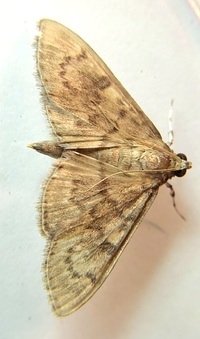
| Recorded by: Mark Basinger on 2024-05-22
Wilson Co.
Comment: |
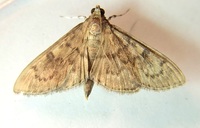
| Recorded by: Mark Basinger on 2024-05-22
Wilson Co.
Comment: | 
| Recorded by: Mark Basinger on 2023-11-21
Brunswick Co.
Comment: |
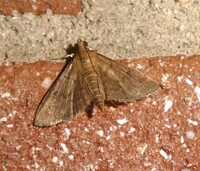
| Recorded by: Simpson Eason on 2023-11-07
Durham Co.
Comment: | 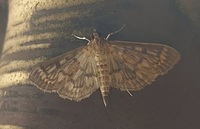
| Recorded by: Mark Basinger on 2023-09-20
Wilson Co.
Comment: |
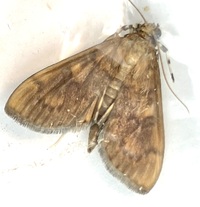
| Recorded by: Ken Kneidel on 2023-08-31
Mecklenburg Co.
Comment: | 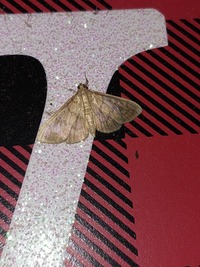
| Recorded by: Mark Basinger on 2023-08-31
Wilson Co.
Comment: |
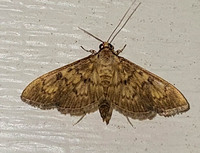
| Recorded by: Mark Basinger on 2023-08-26
Wilson Co.
Comment: | 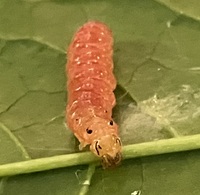
| Recorded by: Ken Kneidel on 2023-08-15
Mecklenburg Co.
Comment: Caterpillar 21 mm long from a leaf fold on Phytolacca americana. |
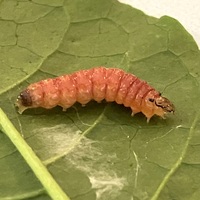
| Recorded by: Ken Kneidel on 2023-08-15
Mecklenburg Co.
Comment: Caterpillar 21 mm long from a leaf fold on Phytolacca americana. | 
| Recorded by: Ken Kneidel on 2023-08-15
Mecklenburg Co.
Comment: An occupied leaf fold on Poke; adult was reared. |
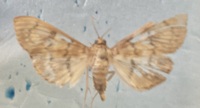
| Recorded by: Darryl Willis on 2023-07-31
Cabarrus Co.
Comment: | 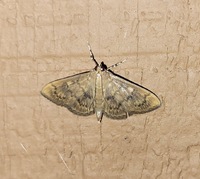
| Recorded by: Michael P. Morales on 2023-07-22
Cumberland Co.
Comment: |
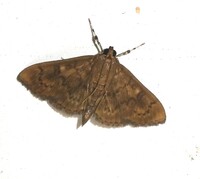
| Recorded by: Simpson Eason on 2023-06-09
Durham Co.
Comment: | 
| Recorded by: David George, Stephen Dunn, Jeff Niznik on 2023-06-03
Orange Co.
Comment: |
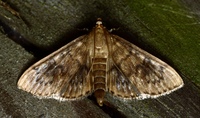
| Recorded by: Stephen Dunn on 2023-05-31
Orange Co.
Comment: | 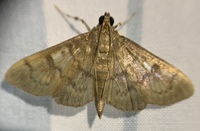
| Recorded by: Stephen Dunn on 2022-08-19
Orange Co.
Comment: |
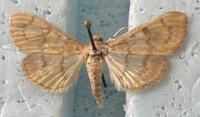
| Recorded by: Darryl Willis on 2022-08-05
Cabarrus Co.
Comment: | 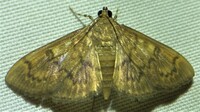
| Recorded by: Dean Furbish on 2022-07-26
Wake Co.
Comment: |

| Recorded by: David George, L. M. Carlson on 2022-07-23
Orange Co.
Comment: | 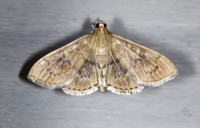
| Recorded by: Jim Petranka and Becky Elkin on 2022-06-13
Madison Co.
Comment: |

| Recorded by: Dean Furbish on 2022-06-09
Wake Co.
Comment: | 
| Recorded by: Michael P. Morales on 2021-07-24
Cumberland Co.
Comment: |
|

 »
»



 »
»

